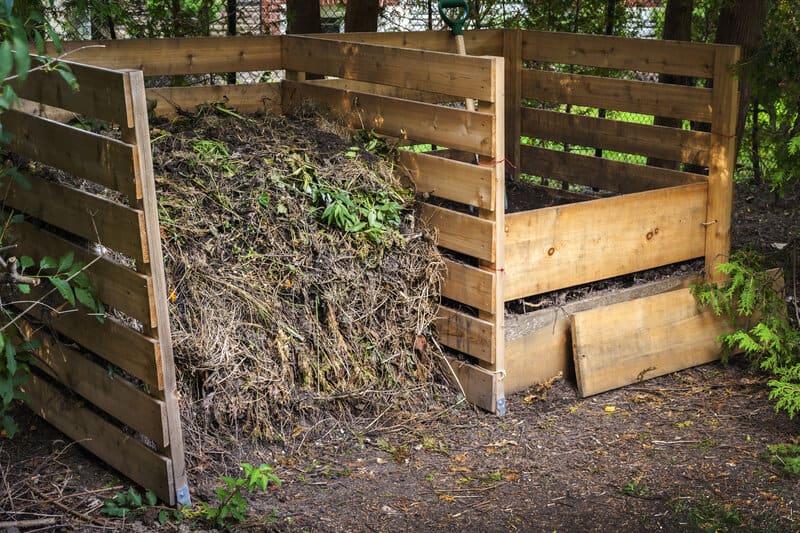CA Contractors #344056

Getting started is the biggest hurdle for any beginner interested in composting. Once you have a corner spot for the pile, or a side yard location to house a tumbler, you’re off and running. Backyard composting for the beginner starts with a little education around what goes in - and what stays out of composting - and then finding your own rhythm.
Once your compost pile is established, you’ll never - or very rarely - have to purchase soil amendments or fertilizer for your vegetable garden again.
The more you know about the benefits of composting, the more inspired you’ll be as your household continues to watch kitchen and yard waste transform into rich, dark, nutrient-dense soil. We love to see clients get excited about their compost piles.
Some of the benefits of making your own compost include:
If you are a parent with a distance learning student at home, we recommend visiting the KidsGardening.org website’s page on Composting. It’s a fantastic resource for both children and parents to learn more about this amazing process.
Compost piles rely on completely organic (sans pesticide/herbicides) materials to thrive. If you add any plant debris or kitchen scraps that have traces of harmful chemicals, it can destroy the very microorganisms your compost is designed to support.
Choose your compost pile location wisely. We recommend having it nearby or directly in your main garden space. A single cubic foot of compost can weigh as much as one ton, so the shorter it needs to travel the better.
DO: Start the pile directly on bare earth to encourage earthworms, nematodes, and other beneficial soil organism's direct access. You can place a few inches of larger twigs or pruning trimmings, as well as some straw, as a bottom layer to promote aeration and drainage.
If you have chickens, consider putting your compost in the chicken yard. Chickens do an incredible job of turning the compost for their human caretakers, and the chicken manure they add to the pile enriches it even more.
The compost is going to spread out. If you have space for that, you can let it stand as a free-range pile. Otherwise, compost piles can be contained on two or more sides to help them stay in place and minimize their spread.
Do you have a smaller backyard? You can purchase designated composting bins to help out. There is a range of styles and sizes, all designed for your yard or patio’s needs. Visit your local home and garden center if you are interested in an above-ground container, rather than a bonafide pile.
Even if the compost doesn’t have that direct contact with the soil we talked about above, the finished product will enjoy the addition of beneficial soil organisms once it’s added to your vegetable beds and planters.
Kitchen scraps are a mainstay of good compost. What a treat it is to stop throwing scraps into the trash or garbage disposal, but into the composting bin instead. Click Here to view a range of different sizes and styles and consider which one makes the most sense for your kitchen and lifestyle.
Smaller countertop options are handy and more attractive but have to be emptied more often. Larger buckets or bins can be housed under the sink or at the end of a counter and emptied once a week or so.
The list of what you CAN put into your compost is a long one. It includes grass trimmings, leaves, sawdust or shavings, straw, etc. The larger and harder the item (branches, large twigs, etc.) the longer it will take to compost, so cutting larger items into smaller pieces is the best way to speed up the composting process.
When it comes to kitchen scraps, virtually anything goes. However, do NOT include the following items:
In order for compost to “do its thing,” it requires a balance of sunlight, shade, moisture, and aeration. It’s a good idea to get out there with a pitchfork or shovel every couple of weeks to turn it over and mix it up to keep it aerated and refreshed. Most Bay Area homeowners find they need to water their compost once or twice a week during the hotter months to keep it damp.
Even if you use a Bay Area landscape company, your compost pile will be well-appreciated, and the crew will be happy to turn it for you, add their pruning and clipping scraps to the pile, and then use the compost when it’s time to fertilize or amend the soil.
The team at Bay Area Landscapes wishes you luck as you embark on the composting adventure.